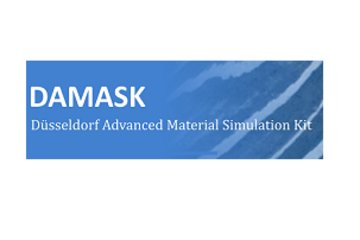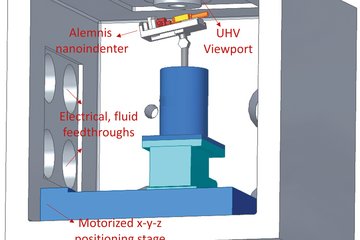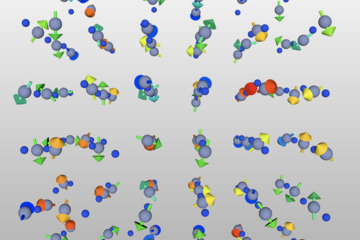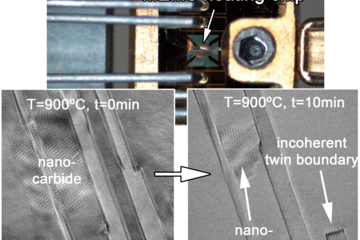All genres
1.
Journal Article
Numerical and experimental studies on crack nucleation and propagation in thin films. International Journal of Mechanical Sciences 258, 108568 (2023)
2.
Journal Article
Direction-dependent fracture in solids: Atomistically calibrated phase-field and cohesive zone model. Journal of the Mechanics and Physics of Solids 147, 104253 (2021)
3.
Journal Article
A chemo-mechanical damage model at large deformation: numerical and experimental studies on polycrystalline energy materials. International Journal of Solids and Structures 228, 111099 (2021)
4.
Journal Article
A nonlocal method for modeling interfaces: Numerical simulation of decohesion and sliding at grain boundaries. Computer Methods in Applied Mechanics and Engineering 362, 112836 (2020)
5.
Journal Article
Application of artificial neural networks for the prediction of interface mechanics: a study on grain boundary constitutive behavior. Advanced Modeling and Simulation in Engineering Sciences 7, 1 (2020)
6.
Journal Article
Atomistically motivated interface model to account for coupled plasticity and damage at grain boundaries. Journal of the Mechanics and Physics of Solids 124, pp. 325 - 349 (2019)
7.
Conference Paper
An interface model to account for damage and plasticity at grain boundaries. Proceedings of Applied Mathematics and Mechanics, Special Issue: 90th Annual Meeting of the International Association of Applied Mathematics and Mechanics (GAMM) 19 (1), e201900214, (2019)
8.
Preprint
Lossless Multi-Scale Constitutive Elastic Relations with Artificial Intelligence. arXiv (2021)











